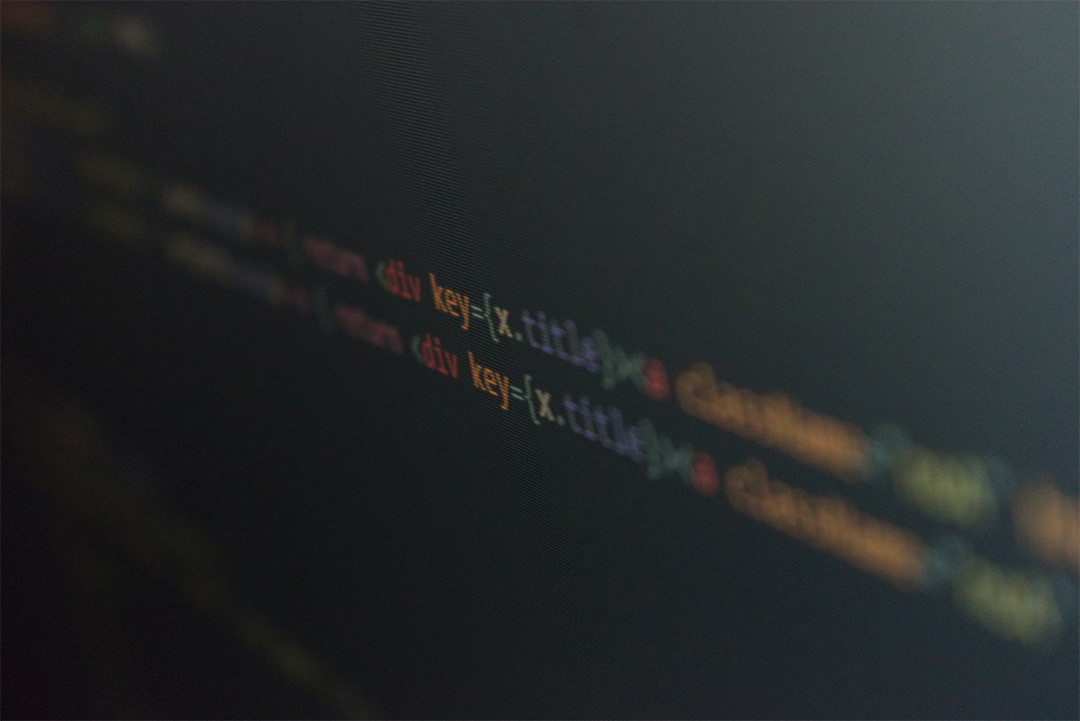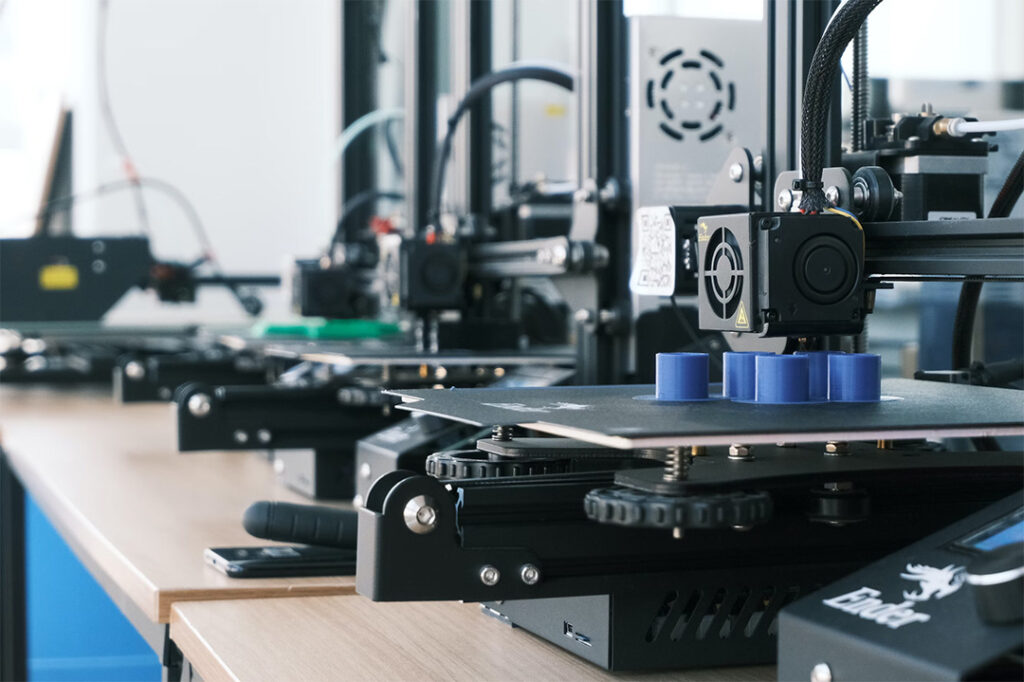From Note-taking to AI Tutors: How Machine Learning is Personalizing Education for Student

Education has always been a dynamic domain, constantly adapting and evolving with societal and technological advancements. Historically, shifts in educational paradigms were driven by innovations such as the printing press or the advent of public schooling. In the modern era, however, technology, especially machine learning, is playing a pivotal role in shaping the educational landscape, offering unprecedented personalization and efficiency.
Machine learning, a subset of artificial intelligence, involves training algorithms on vast data sets, enabling them to make predictions or decisions without explicit programming. In the context of education, this means tailoring learning experiences based on individual student needs and preferences, ensuring a more student-centric approach than ever before.
As students increasingly rely on digital platforms for their educational endeavors, services like Writepaper and others have emerged, utilizing machine learning to enhance and personalize the learning experience. These platforms not only provide resources but also adapt and evolve based on student interactions, setting the stage for the next revolution in education.
Understanding Machine Learning in the Context of Education
At its core, machine learning thrives on patterns. By analyzing large volumes of data, it discerns patterns and trends, which can then be used to make informed predictions or decisions. Traditional software operates based on predefined rules, while machine learning models learn from data, improving their accuracy over time. This dynamic nature makes them particularly suited for the ever-evolving world of education.
In educational contexts, this data can come from various sources: student interactions with digital platforms, performance metrics, feedback, and more. By processing this information, machine learning can offer insights into student behavior, learning styles, strengths, and areas of improvement.
Machine Learning in Note-Taking
Note-taking has been an integral part of the learning process for centuries. With the digital transformation of education, this practice has evolved, moving from pen and paper to digital note-taking apps and platforms. But with machine learning’s integration, the process is undergoing yet another significant evolution.
Smart note-taking apps powered by machine learning can do more than just store information. They can categorize notes based on content, summarize lengthy lectures into digestible points, and even highlight concepts that are deemed essential based on the student’s past interactions. For instance, if a student frequently references a particular topic or concept, the algorithm can prioritize and highlight related information in future notes.
Such capabilities not only streamline the revision process for students but also ensure that their study sessions are more focused and productive, catering specifically to their unique learning patterns.
Adaptive Learning Platforms
Adaptive learning platforms stand at the intersection of pedagogy and machine learning. Their primary aim? To customize the learning experience in real-time based on a student’s performance and engagement. Instead of following a one-size-fits-all approach, these platforms adapt the curriculum content, pace, and resources to match an individual’s learning style and proficiency.
For instance, when a student struggles with a specific concept, the platform might offer additional resources, alternative explanations, or more practice problems in that area. Conversely, if a student excels in a particular topic, they might be introduced to more advanced material or provided with enrichment opportunities. Such real-time adjustments ensure that students are neither bored with redundancy nor overwhelmed with complexity.
Several platforms have emerged, harnessing this potential of machine learning, offering a fluid and responsive learning journey. These platforms are proving particularly beneficial for subjects that have a wide range of proficiency levels among students, such as mathematics or languages.
AI Tutors: Personalized Assistance 24/7
The concept of tutoring isn’t new. Having a guide or mentor to assist in areas of struggle has long been a sought-after educational support. However, with machine learning, the landscape of tutoring is shifting from human-led sessions to AI-driven assistance.
AI tutors, powered by machine learning algorithms, are designed to provide round-the-clock support. They can answer student queries, suggest resources, and even generate practice problems on the fly. What makes them particularly powerful is their ability to adjust their responses based on the student’s previous interactions and performance metrics. This means that over time, the AI tutor becomes more attuned to the student’s learning style and needs, offering increasingly personalized assistance.
While human tutors provide invaluable insights and support, AI tutors offer scalability and accessibility, ensuring that every student, regardless of location or financial means, can have personalized academic support.
Predictive Analysis for Student Success
Machine learning isn’t just about real-time adjustments. Its predictive capabilities hold immense potential for long-term student success. By analyzing a combination of academic performance, engagement metrics, and behavioral patterns, machine learning models can identify students who might be at risk of falling behind or dropping out.
Such predictive insights allow educators and institutions to take proactive measures. Interventions can range from personalized academic support, mentoring, counseling, or even adjustments in curriculum delivery. This predictive approach is especially relevant in higher education, where student retention is a significant concern. Early detection of potential challenges and timely interventions can significantly enhance the likelihood of student success.
Enhancing Classroom Interactions
While machine learning has impressive capabilities for online and digital learning platforms, it also holds potential for traditional classroom settings. Smart content creation, driven by machine learning, can tailor reading material, quizzes, and assignments based on class performance metrics. For instance, if a majority of the class struggles with a specific topic, the subsequent material can emphasize that area, ensuring clarity and comprehension.
Moreover, automatic grading systems powered by machine learning can assess student submissions with high accuracy. This not only reduces the administrative load on educators but also provides quicker feedback to students. Furthermore, the data generated from these grading systems can offer insights into common areas of struggle or misunderstanding, guiding educators in their teaching approach.
Such enhancements ensure that the classroom becomes a more interactive and responsive space, continually adapting to the collective and individual needs of students.
Ethical Considerations
As with any technological integration, the introduction of machine learning into education isn’t without concerns. Foremost among these is the issue of data privacy. With machine learning algorithms relying on vast amounts of student data to function, questions arise about data storage, access, and potential misuse. Institutions and service providers must prioritize transparency and adopt rigorous security measures to ensure that student data remains confidential and protected.
Another significant concern revolves around potential biases in machine learning models. If the data used to train these models isn’t diverse or if it contains inherent biases, the machine learning applications might inadvertently perpetuate or amplify these biases. This could lead to skewed content recommendations, unfair grading, or biased tutoring feedback.
Moreover, while machine learning offers significant customization and efficiency, there’s a growing debate about the balance between automation and the human touch in education. Personalized doesn’t necessarily mean personal, and there’s a genuine concern that over-reliance on AI might eclipse the invaluable human elements of mentorship, guidance, and connection in the educational journey.
The Future of Machine Learning in Education
The horizon of machine learning in education stretches beyond the immediate applications we see today. As the technology matures, we can anticipate even deeper levels of personalization. One promising frontier is the integration of augmented and virtual reality with machine learning. This would allow for the creation of immersive, tailored learning environments, adjusting in real time based on student interaction.
Moreover, as machine learning models become more sophisticated, they might be capable of cross-referencing various learning platforms and resources, crafting a truly holistic educational profile for students. This could guide everything from course recommendations to career counseling based on a student’s cumulative educational journey.
Final Takeaway
In today’s digital age, as students are often on the hunt for the best paper writing service or the latest ed-tech tool, it’s important to recognize that the true power of technology lies not just in its convenience but in its potential to reshape learning paradigms. Machine learning, with its adaptive and predictive capabilities, stands at the forefront of this educational revolution.
Yet, as we embrace its potential, it’s equally essential to approach its integration with care, ensuring that technological advancements complement, rather than replace, the intrinsic values of education: curiosity, connection, and human growth. The balance, as always, will lie in harmonizing the best of both worlds.


